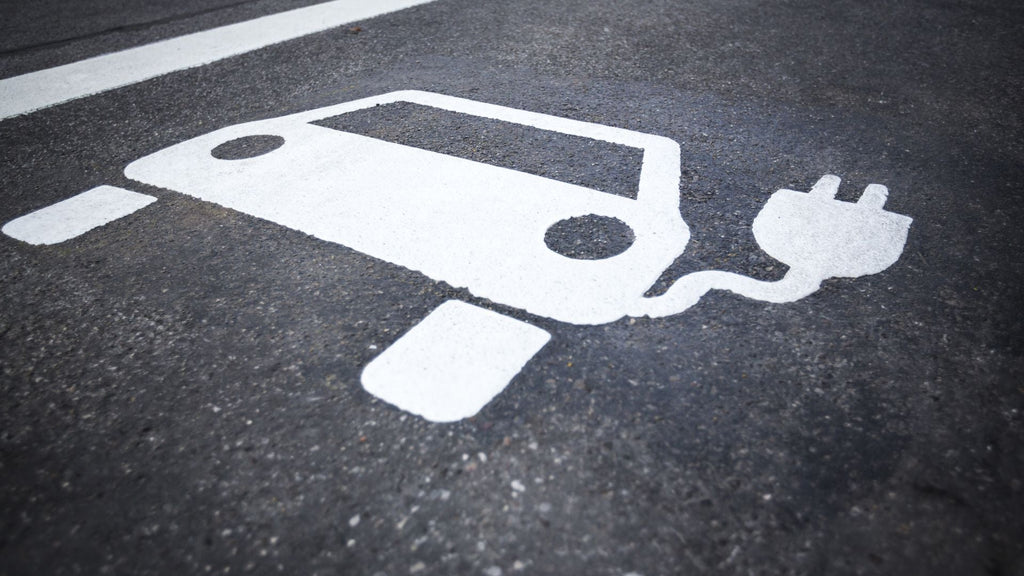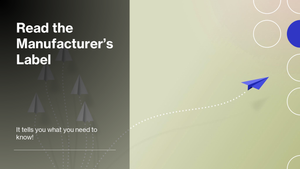Electric Vehicles Breakdown & Recovery

The future of vehicles is green. There is no doubt about it. The market for electric vehicles is only going to get bigger and bigger, so, are you aware of what this means to you and are you prepared and ready for it?
Yes, new electric and hybrid vehicle models (EV&HV) are coming out all the time and sales of them are growing really quickly. For a vehicle recovery operator, this means a whole new experience in moving, lifting and loading them compared to petrol and diesel vehicles.
As this is so important a subject, where ill-informed operators could put their and their colleagues’ health and safety into serious danger, CARDNO wants to share the facts they are aware of, to date.
Risks of working with EV&HV's
E&HV's introduce hazards into the workplace in addition to those normally associated with the repair and maintenance of vehicles, roadside recovery and other vehicle related activities. These include:
- The presence of high voltage components and cabling capable of delivering a fatal electric shock.
- The storage of electrical energy with the potential to cause explosion or fire.
- Components that may retain a dangerous voltage even when a vehicle is switched off.
- Electric motors or the vehicle itself that may move unexpectedly due to magnetic forces within the motors.
- Manual handling risks associated with battery replacement.
- The potential for the release of explosive gases and harmful liquids if batteries are damaged or incorrectly modified.
- The possibility of people being unaware of vehicles moving as when electrically driven they are silent in operation.
- The potential for the electrical systems on the vehicle to affect medical devices such as pacemakers.
Incident response for vehicle recovery and emergency services
Vehicles should be visually checked for signs of damage to high voltage electrical components or cabling (usually orange in colour). Consider whether the integrity of the battery is likely to have been compromised. Shorting or loss of coolant may present ignition sources in the event of fuel spillage. If the vehicle is damaged or faulty, and if safe to do so, isolate the high voltage battery system using the isolation device on the vehicle. Refer to manufacturer’s instructions for guidance.
During any recovery onto a recovery vehicle, the remote operation key should be removed to a suitable distance and the standard 12/24v battery disconnected to prevent the vehicle from being activated/started.
Have access to reliable sources of information for specific vehicle types. For example mobile data terminals used by fire and rescue services or by reference to manufacturer’s data.
Click on the link below to read more:
https://www.hse.gov.uk/mvr/topics/electric-hybrid.htm
So, towing EV's is not a straightforward process given that most electric vehicles are both automatic and four-wheel-drive.
Most Manufacturers, in fact, recommend that EV's shouldn't be towed as the car's electric motor is mechanically linked to the wheels and can't be placed in neutral. Towing one can cause lasting damage to the car's powertrain.
For example, the NISSAN LEAF manual warns “Never tow with the front wheels on the ground or four wheels on the ground (forward or backward), as this may cause serious and expensive damage to the motor,” and it strongly recommends that the LEAF to be lifted onto the back of a flatbed truck.
The Cardno recommendation is to use Cardno wheel skates when moving EV's.
Electric & Hybrid Vehicle Weight
Another challenge facing vehicle recovery operators is the size and more importantly weight of EV & HV. Standard breakdown service trucks can only tow vehicles weighing 2.2-2.5 tonnes, but cars are becoming larger and heavier due to the popularity of SUVs and the growing uptake of hybrid and electric cars with weighty battery packs which puts them at 2.5-3T. In fact, a growing number are now too heavy to be towed by a standard recovery truck; around 10%, according to the RAC.
This means that recovery firms have a tougher job of collecting these often heavy vehicles.

The Department for Transport, closed the consultation 'Consulting on ending the sale of new petrol, diesel and hybrid cars and vans' on 31st July 2020. It has indicated that any concerns should be made to the SMMT (Society of Motor Manufacturers and Traders)
Click on the link below for SMMT Contact info:
https://www.smmt.co.uk/about/committees/electric-vehicle-group/
When we have more facts/information to share we will.
Stay safe out there!
- Tags: Vehicle Movement Wheel Skates
- Cardno Sales Team






